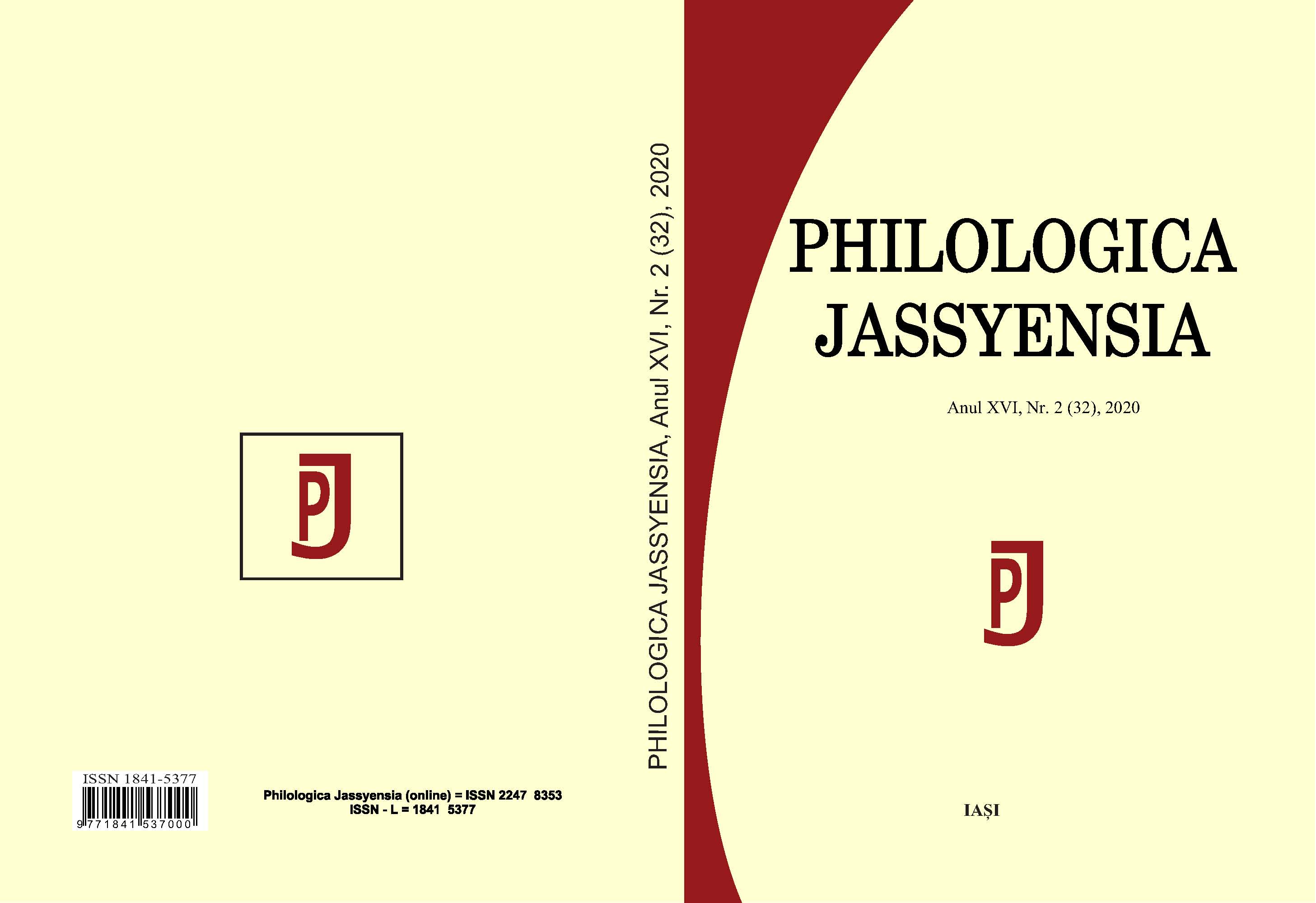Une application à la théorie des champs toponymiques: Bistriţa
Case Study in the Toponymic Fields Theory: Bistriţa
Author(s): Daniela-Ştefania ButnaruSubject(s): Historical Linguistics
Published by: Editura Tracus Arte
Keywords: Bistriţa; etymology; toponymical field; polarisation; differentiation;
Summary/Abstract: This paper contains a description of the Bistriţa toponymic field: a set of names formed from the Bistriţa hydronym through structural processes called by Dragoş Moldovanu polarization and differentiation. In order to identify the core - the main element of the field from which the other toponyms have been formed-, it was necessary to clarify the etymology of the word Bistrita. At the origin of this place name is the Ukrainian bystrica, a derivative of the adjective bystr- “fast; crystal clear”. The meaning of this adjective must therefore be associated with a watercourse, so the geographical object that it initially designated is the river. This river, attested since the beginning of the fifteenth century, is the largest Romanian river, crossing areas, villages and towns of historical, social and economic importance. That is why an important toponymic field has been developed around its name. This field, characterized by the diversity of place-names, contains toponyms which designate different geographical objects (springs, watercourses and parts thereof, mountains, a gorge, a depression, abridge, a meadow, communication ways, and large administrative units) or localities in the vicinity of this river. Only one name (Bistricioara) is obtained from the Bistriţa name by derivation with the diminutive suffix -ioara; the rest of the toponymic field is represented by syntagms formed of the term Bistriţa and various constituents (nouns, adjectives or prepositions). We can see a presence of homonymy cases and a variety of forms attested by documents. The diachronic depiction of the toponymic fields is an important step for the lexicographical approach of place names because it reflects the dynamic reality discovered on the field.
Journal: Philologica Jassyensia
- Issue Year: XVI/2020
- Issue No: 2 (32)
- Page Range: 45-53
- Page Count: 9
- Language: French

